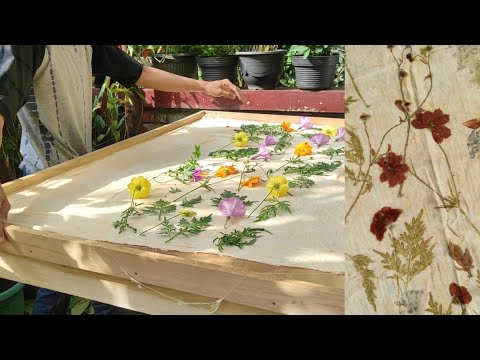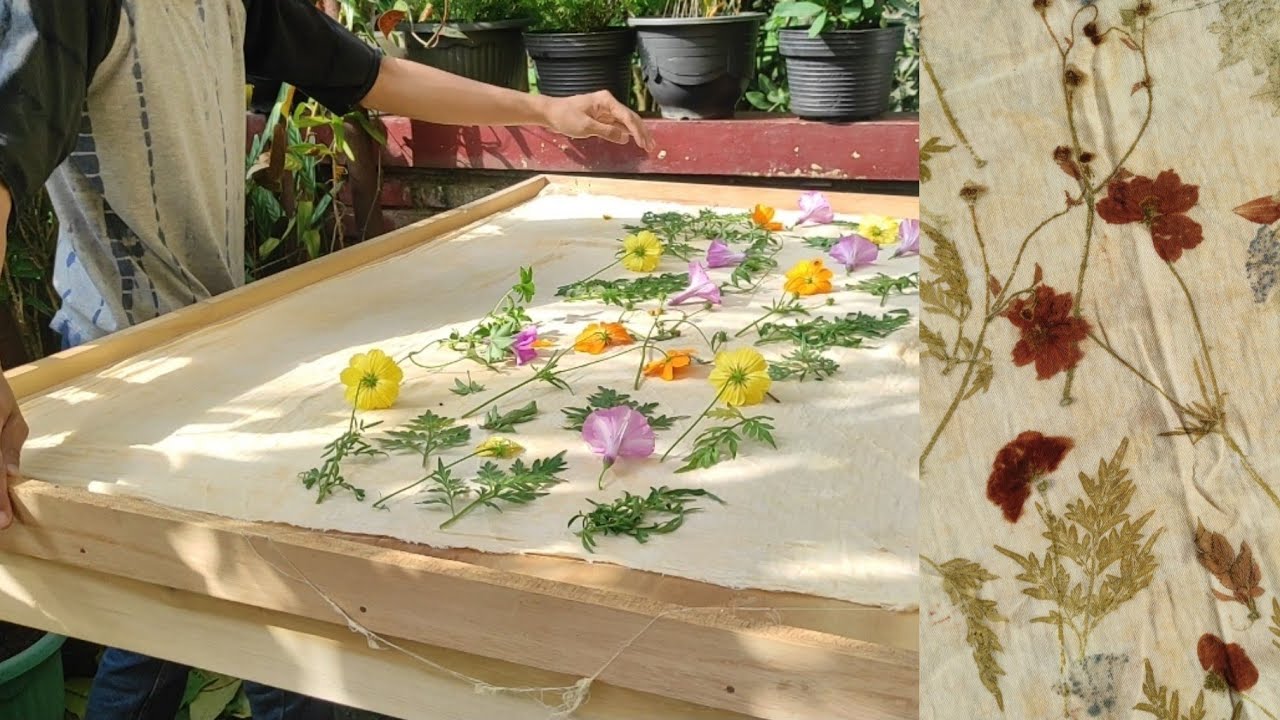Discover the mesmerizing world of botanical fabrics, where nature’s exquisite beauty intertwines with the art of textile design. Immerse yourself in a sensory experience as you explore the vibrant colors, intricate patterns, and delicate textures of these remarkable textiles. Each fabric is carefully crafted using the finest natural fibers, creating a harmonious blend of organic elegance and sustainable fashion. These fabrics showcase the splendor of blooming flowers, lush foliage, and enchanting botanical motifs, transporting you to a serene garden oasis. With every touch, you’ll feel the softness of the fabric against your skin, as if nature itself is embracing you. Whether adorning your home with botanical-inspired upholstery or flaunting a stunning botanical print dress, these fabrics effortlessly infuse a touch of timeless charm and sophistication into any space or outfit. Elevate your style and embrace the allure of nature with these botanical fabrics, where beauty and sustainability intertwine to create a truly extraordinary textile experience.

The Rise of Botanical Fabric: A Sustainable and Stylish Choice
When it comes to sustainable and eco-friendly fabrics, botanical fabric is gaining popularity for its unique combination of style and sustainability. Made from natural plant materials, botanical fabric offers a range of benefits, from reducing environmental impact to promoting biodiversity. In this article, we will explore the rise of botanical fabric and why it has become a preferred choice for environmentally conscious individuals.
1. What is Botanical Fabric?
Botanical fabric refers to textiles that are made from natural plant sources, such as cotton, linen, bamboo, hemp, and other plant fibers. Unlike synthetic fabrics that are derived from petroleum-based products, botanical fabrics are biodegradable and have a significantly lower carbon footprint. They are also free from harmful chemicals and pesticides, making them a healthier option for both the environment and the individuals wearing them.
2. Environmental Benefits of Botanical Fabric
One of the key reasons why botanical fabric has gained traction in recent years is its positive impact on the environment. Unlike synthetic fabrics, which require large amounts of energy and water during production, botanical fabrics are generally more sustainable. Cotton, for example, can be grown using organic farming methods, reducing the use of harmful chemicals and preserving soil quality. Additionally, plants used for botanical fabrics often require less water compared to water-intensive crops like cotton.
Furthermore, botanical fabrics promote biodiversity as they rely on the cultivation of various plant species. By encouraging the growth of different plants, these fabrics support a healthier ecosystem and provide habitats for a range of species. This helps to protect and preserve biodiversity, which is essential for the overall health of our planet.
3. Benefits for the Fashion Industry
Not only are botanical fabrics environmentally friendly, but they also offer numerous benefits for the fashion industry. The increasing consumer demand for sustainable products has prompted many fashion brands to incorporate botanical fabrics into their collections. This shift towards sustainable materials allows brands to appeal to environmentally conscious consumers and differentiate themselves in the market.
In addition to the environmental benefits, botanical fabrics also offer unique style options. They have a natural and earthy aesthetic that can be easily incorporated into various fashion designs. Whether it is a flowing linen dress or a cozy bamboo sweater, botanical fabrics provide a versatile and fashionable choice for conscious consumers.
4. Caring for Botanical Fabric
To ensure the longevity of botanical fabric, proper care is essential. Most botanical fabrics can be machine washed, but it is recommended to use cold water and gentle cycles to preserve their quality. It is also advisable to air dry botanical fabric rather than using a dryer, as excessive heat can damage the fibers. By following these care instructions, you can extend the lifespan of your botanical fabric garments and contribute to their sustainability.
5. Supporting a Sustainable Future
The rise of botanical fabric signifies a growing awareness and commitment towards sustainability in various industries. By choosing botanical fabric, consumers can actively contribute to reducing their ecological footprint and supporting a more sustainable future. Additionally, supporting brands that prioritize botanical fabrics encourages the fashion industry to adopt more eco-friendly practices, promoting positive change on a larger scale.
In conclusion, botanical fabric offers a sustainable and stylish alternative to conventional fabrics. Its natural origins, environmental benefits, and versatile style options make it an appealing choice for those seeking eco-friendly clothing options. By embracing botanical fabric, we can contribute to a more sustainable and conscious way of living, protecting our planet for future generations.
“Blooming Beauty: A Step-by-Step Guide to Creating Stunning Wildflower Ecoprints”
Botanical Fabric
Botanical Fabric Information
| Botanical Fabric | Description | Benefits |
|---|---|---|
| 1. Linen | Linen is a popular botanical fabric made from flax fibers. It is known for its exceptional breathability and high absorbency. | – Natural moisture-wicking properties keep the body cool and dry. – Hypoallergenic and gentle on sensitive skin. – Durable and long-lasting fabric, making it ideal for everyday use. |
| 2. Cotton | Cotton is a versatile botanical fabric derived from the fibers of the cotton plant. It is widely used in the textile industry due to its softness and comfort. | – Soft and gentle on the skin, suitable for all ages. – Highly breathable fabric, allowing air circulation. – Absorbent and moisture-wicking, keeping the body dry. – Easy to care for and can withstand frequent washing. |
| 3. Bamboo | Bamboo fabric is made from the pulp of bamboo grass and is gaining popularity as a sustainable textile choice. It offers unique properties that make it ideal for various applications. | – Excellent moisture management, keeping the body dry and odor-free. – Natural UV protection, shielding the skin from harmful rays. – Antibacterial and hypoallergenic properties, suitable for sensitive skin. – Sustainable and eco-friendly fabric, as bamboo grows rapidly without the need for pesticides or excessive water. |
| 4. Hemp | Hemp fabric is derived from the fibers of the cannabis plant and has been used for centuries due to its strength and durability. | – Highly breathable and moisture-wicking fabric. – Antibacterial and hypoallergenic properties, ideal for sensitive skin. – UV-resistant, protecting the body from harmful sun rays. – Eco-friendly and sustainable fabric, as hemp requires minimal water and pesticides to grow. |
This table provides an overview of some popular botanical fabrics used in the textile industry. These fabrics offer numerous benefits, making them sought after by individuals who prioritize comfort, sustainability, and natural materials in their clothing choices. By incorporating botanical fabrics like linen, cotton, bamboo, and hemp into your wardrobe, you can enjoy the unique properties each fabric possesses while contributing to a more eco-friendly fashion industry.

